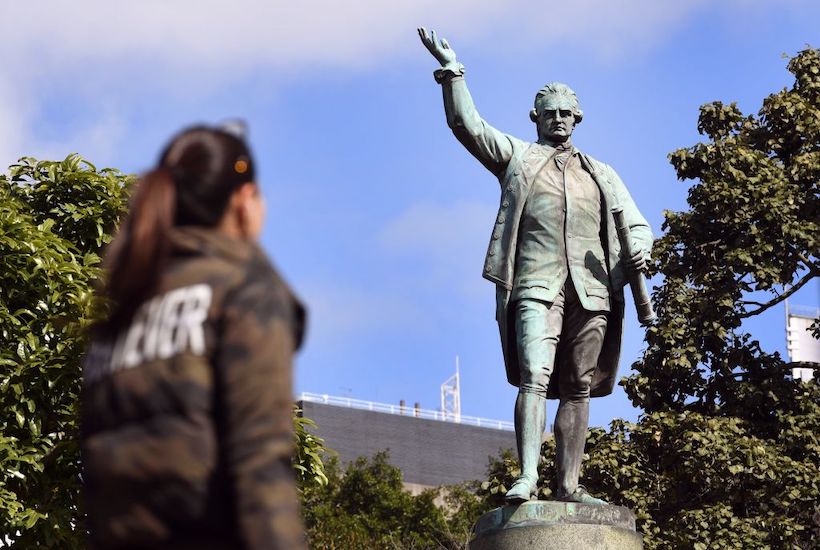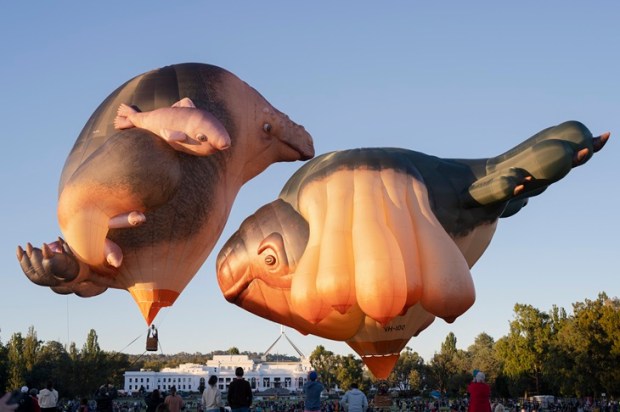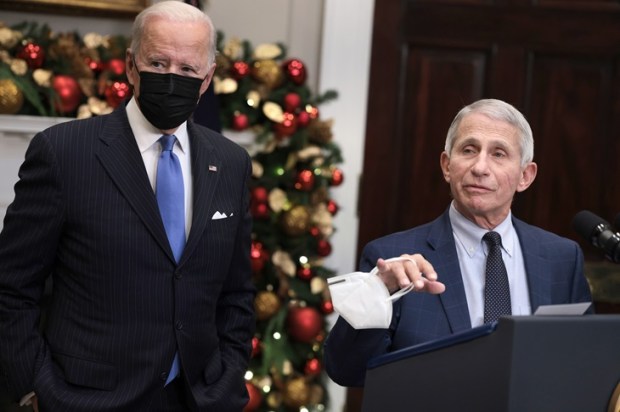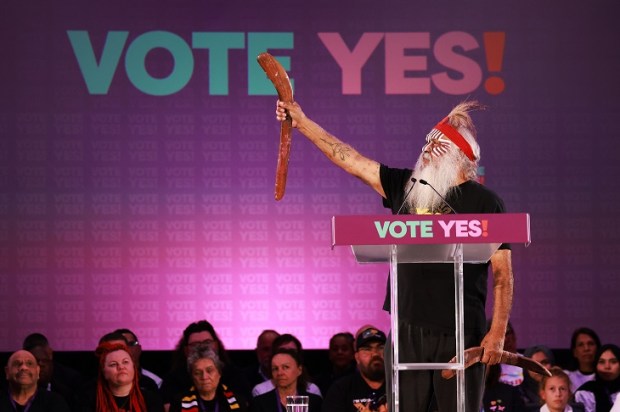Amid a world that seems hell-bent on tearing down statues in a cathartic frenzy, it is worth sparing a moment to reflect on why we erected those statues in the first place. While the left thinks that a monument’s primary purpose is to glorify great dead white men, the reality is that they were meant to be symbols of hope and progress.
This year marks the 250th anniversary of Captain Cook’s landing at Botany Bay, so even before the Black Lives Matter protests were exported to our shores, a showdown over how we view the past seemed inevitable. With this in mind, Connor Court Publishing has organised a reprint of the book Captain James Cook, R.N. 150 Years After.
The book was written by Sir Joseph Carruthers, one of the founders of federation and a man who therefore had a keen interest in building up a positive narrative for his country. Left-leaning historians like Jillian Robertson blame Carruthers for helping to establish Captain Cook’s lauded position as Australian founder and cultural icon.
The matters in dispute are more issues of perspective than fact. Robertson, author of The Captain Cook Myth, bases her argument on Cook only visiting Australia once despite having the opportunity to return, his writings showing he was unimpressed by the place, and the fact that it was James Matra and Joseph Banks, his subordinates on the Endeavour, who made the real case for colonisation.
These issues do little to alter the central point; that Australia, as we know and love it, would not exist without Captain Cook and his great voyages. All they do is suggest that the decision to focus so exclusively on Cook was a deliberate one.
Cook was ultimately chosen because he was a great canvas on which to project Australian values. He was a scientist and explorer pushing the boundaries of knowledge. He was an officer and a gentleman. And above all he was a man from humble origins whose meritocratic success captured the hopes and aspirations of an immigrant society.
Carruthers thought it was “an augury of the future of these great lands, our very founder was one who fought his way to success by unaided efforts, by industry and by patient but persevering labour. His life is a noble example to the people of Australia, who live under institutions which freely open the door of fame and power to all who display industry and ability.”
That is why we erect statues, not to glorify the dead, but to inspire the living. As Carruthers put it “sentiment about great events and great men to whom the world owes much is but the spark which fires men to similar achievement.”
Perhaps one of the reasons the left is so determined to tear down everything is because they no longer believe that such inspiration is necessary. Identity politics teaches that your race, gender and class determine your life virtually without your input; the individual and their endeavour count for naught.
This line of thinking is not something that Carruthers, who despite being the son of a convict rose to become New South Wales Premier, would accept. Circumstances certainly play their role, but they do not determine our fate. Giving in to predestination eliminates all purpose in human life.
Carruthers was quite the monument builder. He established the public park at Cook’s Landing in Sydney, he successfully lobbied for the statue of Cook in London, and he even tried to make the spot of Cook’s death in Hawaii a place of pilgrimage akin to Gallipoli or Kokoda.
Some of this comes across as borderline silly, but it was never just about Cook or dwelling on the past. It was about the great society that was being constructed where Cook had tread. As that society faces new challenges, maybe we need some inspiration.
Dr Zachary Gorman is a Research Fellow at the Institute of Public Affairs. He wrote a biography of Carruthers and has edited the reprint of his book.
Got something to add? Join the discussion and comment below.
Got something to add? Join the discussion and comment below.
Get 10 issues for just $10
Subscribe to The Spectator Australia today for the next 10 magazine issues, plus full online access, for just $10.


























Comments
Don't miss out
Join the conversation with other Spectator Australia readers. Subscribe to leave a comment.
SUBSCRIBEAlready a subscriber? Log in